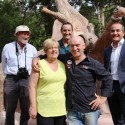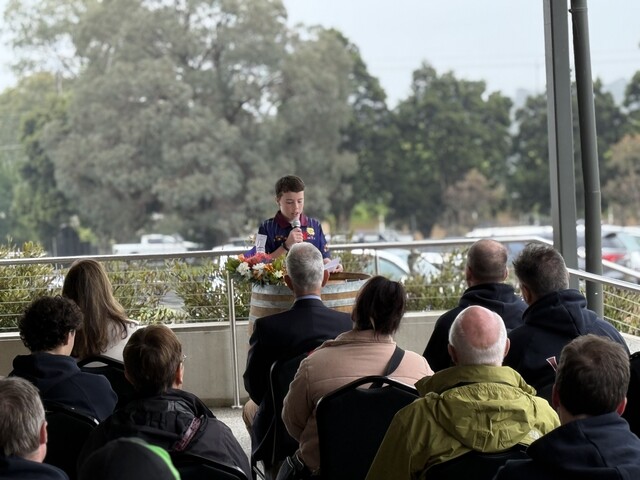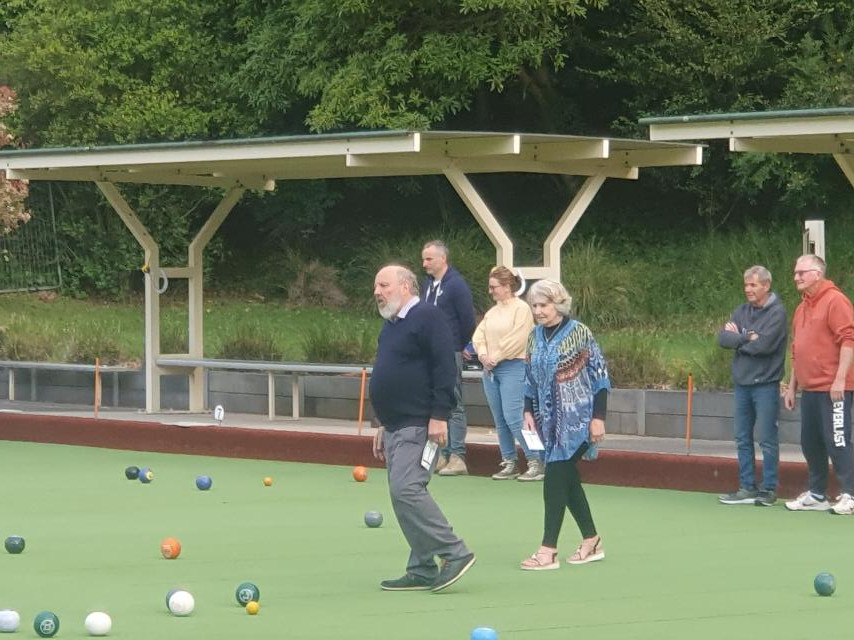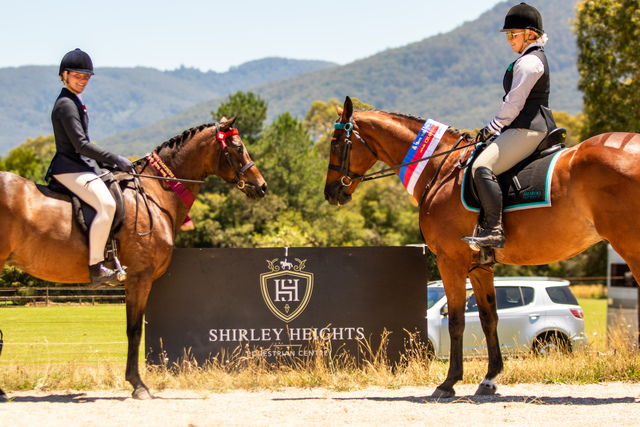By KATH GANNAWAY
THIRD generation nurseryman and horticulturist Wes Fleming will head up a committee tasked with establishing an action plan for the Yellingbo Nature Conservation Reserve (YNCR).
Environment Minister Lisa Neville and Deputy Premier and Monbulk MP James Merlino announced the make up of the Yellingbo Conservation Area Co-ordinating Committee during a visit to Yellingbo on Wednesday 4 November.
The YNCR is home to the critically endangered Helmeted Honeyeater and pivotal to the breeding program aimed at its survival in the wild.
Victoria’s other faunal emblem the Lowland Leadbeater’s Possum – also critically endangered – is found within the reserve.
Establishment of the 13-member committee was one of several recommendations of the VEAC (Victorian Environmental Assessment Council) Yellingbo Investigation Report released in August 2013.
Minister Neville said the committee was crucial in ensuring co-ordinated action to help conserve and enhance the local biodiversity and habitat for threatened species.
Mr Fleming will bring together representatives of organisations including Friends of the Helmeted Honeyeater, DELWP, Parks Victoria, Zoos Victoria – Healesville Sanctuary, Port Phillip and Westernport Catchment Management Authority, Trust for Nature, Melbourne Water, and Yarra Ranges and Cardinia councils along with community representatives.
The Yellingbo investigation area is extensive, located between the Dandenong Ranges and the Yarra Ranges national parks. The towns of Yellingbo, Cockatoo, Monbulk, Emerald, Woori Yallock, Yarra Junction, Launching Place, Hoddles Creek and Seville are within its boundaries.
The reserve itself currently occupies around 600 hectares but is impacted by surrounding public and private land and waterways.
VEAC said several key elements of land management for biodiversity required significant co-ordinated involvement by parties already involved and identified pest, plant and animal control, threatened species recovery, revegetation, riparian land management and research and planning for the management of hydrology as key elements needing a co-ordinated approach.
It also recommended an ‘independent chairperson’, a role Mr Fleming has taken on board.
He said he sees his role as overseeing a co-ordinated approach to bringing the different groups together to make a difference.
“To me, it’s a very sensible way of trying to maximise the bang for our buck,” he said.
The ‘buck’ is $3.2 million dollars from the State Government over four years to put VEAC’s recommendations into action and to establish the committee.
$500,000 of that goes to Parks Victoria for secretariat support for the committee and implement recommendations including phasing out cattle grazing.
Describing himself as “a practical environmentalist, rather than an environmentalist”, Mr Fleming said that getting the balance right across such an extensive area was one of the big challenges.
He said part of that balancing act included the interests of growers in what was a very highly productive growing area and the management of water that is critical to those interests.
Cr Jim Child, represents Yarra Ranges Council.
He applauded the appointment of Mr Fleming as a conduit to the community.
“He is involved in industry, but, I believe, also has a tremendous feel for the environment,” he said.
“He is a great communicator and I think that is what the committee needs.”
Cr Child said with the majority of the subject land in his O’Shannassy Ward, he wanted to be personally involved as a connection back to the community.
“Our function is pretty well laid out, the only thing concerning me is where all the funding is going to come from,” he said.
“This is going to be pretty long term and the government is going to have to make some sort of commitment in regard to funding.”







